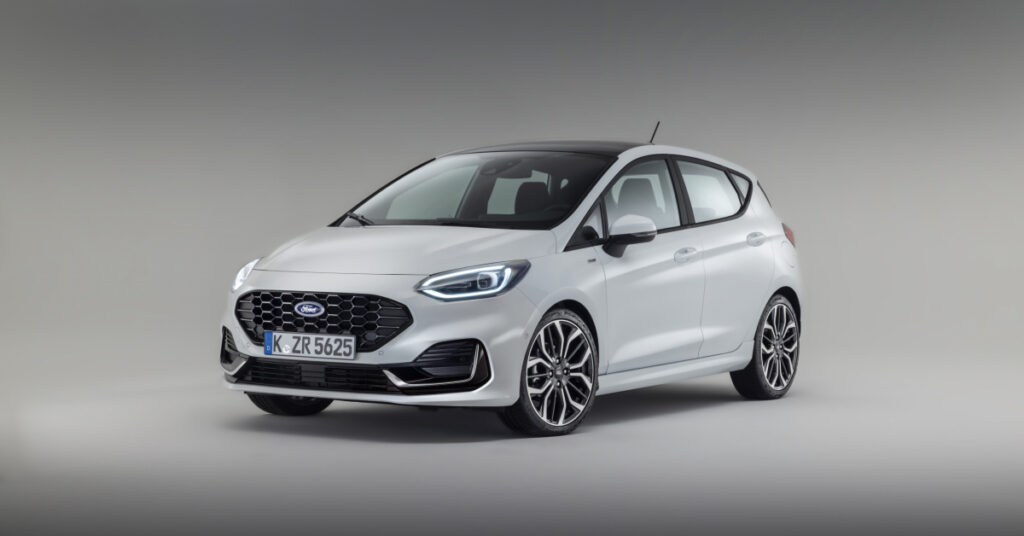
Introduction
Ford Motor Company, one of the pioneering giants of the automotive industry, has continuously evolved over the decades to meet changing market demands and consumer preferences. As electric vehicles (EVs) gain traction globally, Ford is at the forefront, investing heavily in new technologies while adhering to its legacy of producing reliable and innovative vehicles. In 2023, the significance of Ford’s strategies and innovations is more relevant than ever as the industry faces a transformative shift towards sustainability.
Recent Developments and Innovations
In 2023, Ford announced substantial investment plans amounting to nearly $50 billion in electric vehicle development through 2026. This strategic move aims to ramp up the production of EVs, with aspirations to sell over two million electric vehicles annually by 2026. Among its flagship models is the Ford F-150 Lightning, an all-electric version of its top-selling truck, which has received rave reviews for its performance and utility.
Additionally, Ford is focusing on enhancing its autonomous vehicle technology. The company is testing new automation technologies across its fleet, enhancing safety features, and improving the driving experience. This includes advanced driver-assistance systems and AI-driven software that promise to revolutionize how consumers interact with their vehicles.
Market Response and Competitive Landscape
The automotive market’s response to Ford’s initiatives has been largely positive. Analysts note that Ford’s transition to EVs and investment in technology has revitalized interest in the brand, especially among younger consumers. Key competitors like General Motors and Tesla closely watch these developments, which could influence their strategic directions as well.
Moreover, Ford’s commitment to sustainability does not stop at electric vehicles. The company has set ambitious targets to achieve carbon neutrality globally by 2050, aligning its operations with environmental standards and consumer expectations for greener alternatives.
Conclusion
Ford’s recent investments and strategic innovations signify not only its commitment to the future of mobility but also its pivotal role in shaping the automotive industry’s direction. As consumers become increasingly environmentally conscious, Ford’s push for electric vehicles combined with advancements in autonomous driving technologies may position the company as a leader in the new automotive landscape. The ongoing evolution within Ford invites both excitement and scrutiny, and stakeholders will be keenly observing how these initiatives play out in the coming years.

